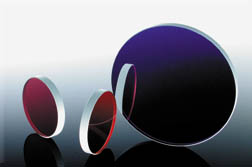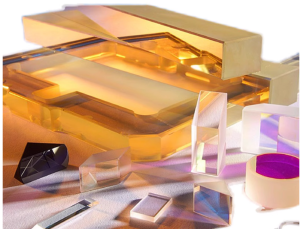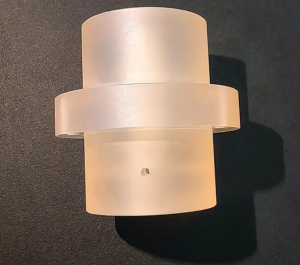Laser Slam Navigation Filter- The AGV (Automated Guided Vehicle), also known as an AG car, mainly refers to a vehicle equipped with automatic navigation devices such as electromagnetic or optical devices, capable of driving along a prescribed navigation path, with safety protection and various load transfer functions. Currently, the automatic navigation of AGV mostly adopts excitation SLAM and visual SLAM as the mainstream solutions.

Compared to visual SLAM navigation schemes, there are currently more mature schemes for laser SLAM research. Laser SLAM navigation is currently the most stable and mainstream positioning and navigation method, and many intelligent AG V machines use laser solutions. The use of laser navigators has functions such as environmental map file main path planning, safety obstacle avoidance, etc.
So how does laser SLAM navigation achieve these functions?
The principle of laser slam navigation is mainly a thematic framework composed of 3D laser scanner, SLAM algorithm, and IMU (inertial measurement unit). Among them, the optical automatic navigation device 3, laser scanner, is the main optical core, and laser radar serves as the “eye ˆ The role of optical filters can help robots perceive the surrounding environment, mainly using optical wavebands such as 808nm filters, 850nm filters, 940nm filters, 1550nm filters, and other optical lenses to identify wavebands. Using a laser scanner to collect laser beams reflected from natural environments (walls, columns, and other fixed objects) to locate their current position and direction, autonomously perceive the environment, and autonomously create environmental contour maps and paths to achieve AG ν Accurate navigation and guidance. The laser SLAM navigation filter has the advantages of accurate positioning, compact structure, and no need for manual marking, greatly improving work efficiency.



